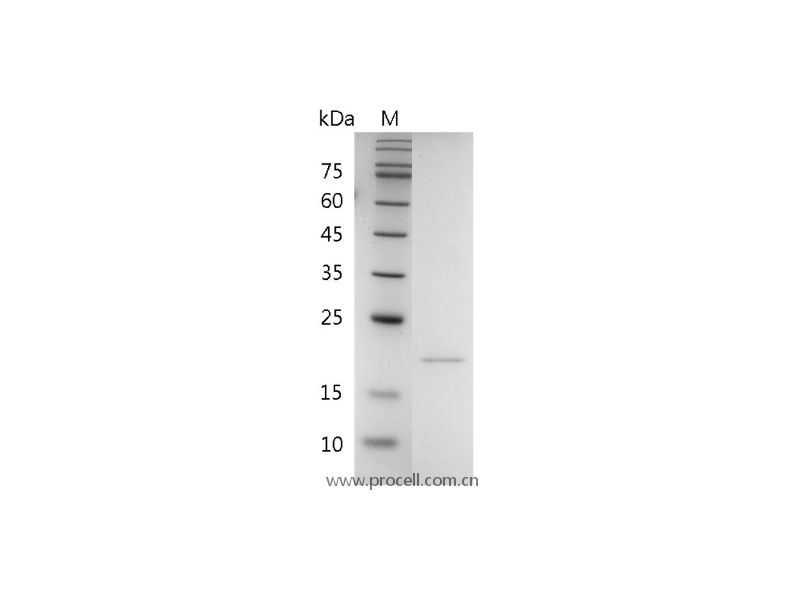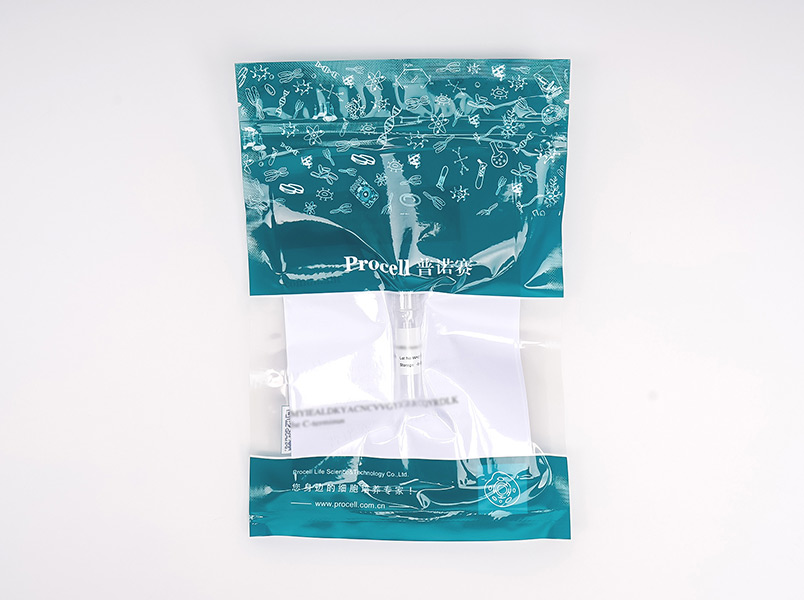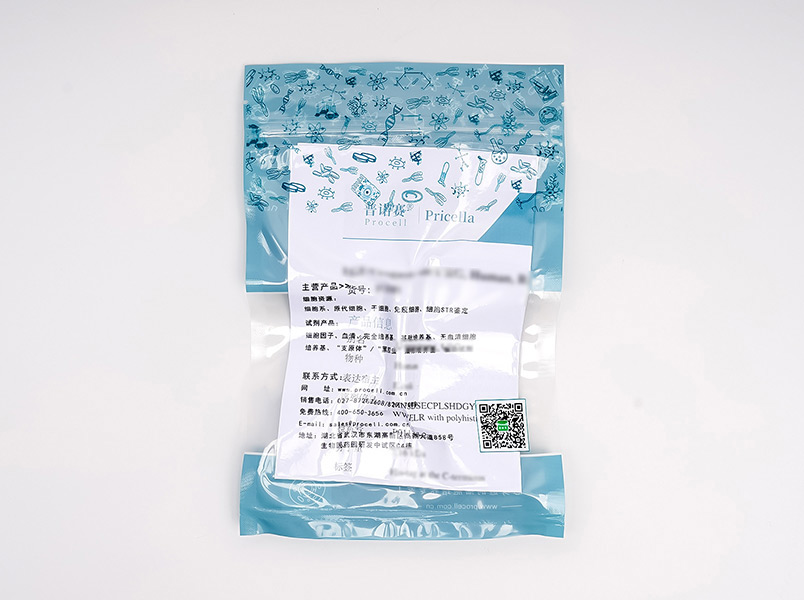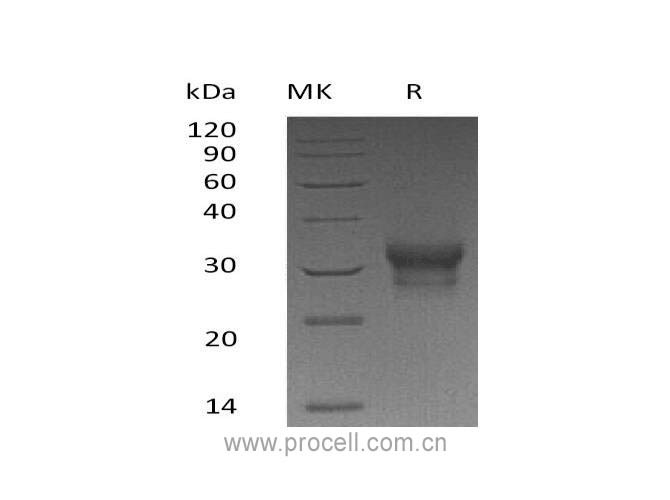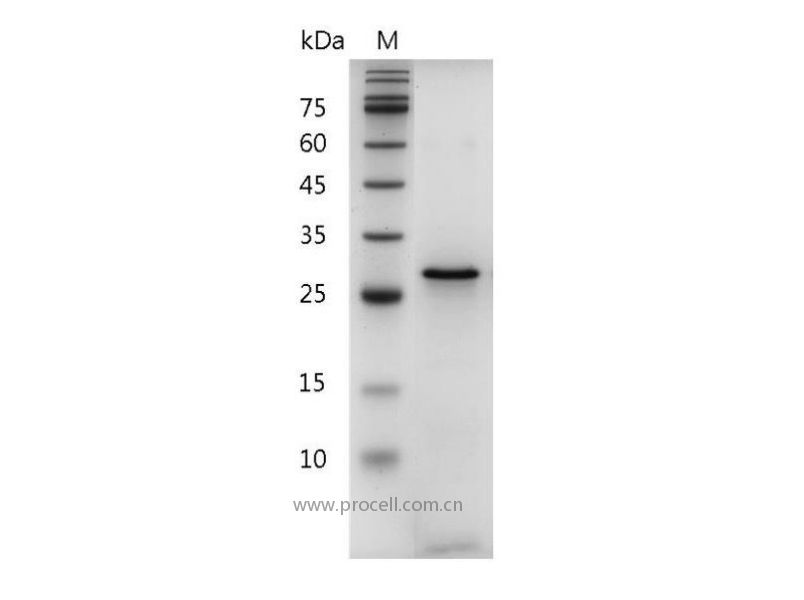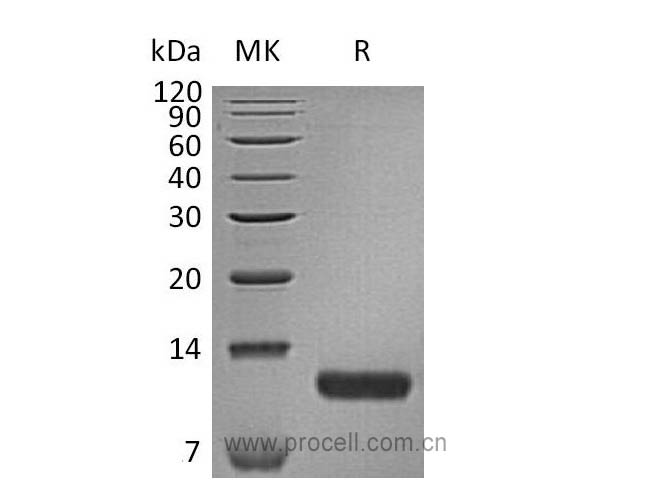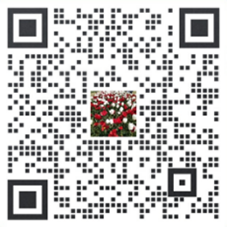產品中心Cell Resources
聯(lián)系我們CONTACT US
 400-999-210024小時服務熱線
400-999-210024小時服務熱線
產品概述
產品信息
| 別名 | soluble Receptor Activator of NF-kB Ligand, TNFSF11, TRANCE (TNF-Related Activation-induced Cytokine), OPGL, ODF (Osteoclast Differentiation Factor), CD254,sRNAK Ligand |
| 物種 | Human |
| 表達宿主 | E.coli |
| 序列信息 | MEKAMVDGSWLDLAKRSKLEAQPFAHLTINATDIPSGSHKVSLSSWYHDRGWAKISNMTFSNGKLIVNQDGFYYLYANICFRHHETSGDLATEYLQLMVYVTKTSIKIPSSHTLMKGGSTKYWSGNSEFHFYSINVGGFFKLRSGEEISIEVSNPSLLDPDQDATYFGAFKVRDID with polyhistidine tag at the C-terminus. |
| 檢索號 | O14788.1 |
| 分子量 | 20.67 kDa |
| 表觀分子量 | 17 kDa |
| 標簽 | His-tag?at?the?C-terminus |
| 生物活性 | Measure by its ability to induce osteoclast differentiation in RAW264.7 cells. The ED50 for this effect is <10 ng/mL. |
產品特性
| 純度 | >98% as determined by SDS-PAGE. Ni-NTA chromatography |
| 內毒素 | <0.1 EU per 1 μg of the protein by the LAL method. |
| 保存 | Lyophilized protein should be stored at -5~-20°C for 1 year. Upon reconstitution, store at 2-8°C for up to 1 week. Further dilute in a buffer containing a carrier protein or stabilizer (e.g.0.1% BSA,10%FBS,5%HSA or 5% trehalose solution), protein aliquots should be stored at -5~-20°C or -80°C for 3-6 months. |
| 運輸 | Ambient temperature or ice pack. |
| 制劑 | The protein was lyophilized from a 0.2 μm filtered solution containing 1X PBS, pH 8.0. |
| 復融 | It is recommended to reconstitute the lyophilized protein in sterile water to a concentration not less than 100 μg/mL.Do Not Vortex! Vigorous shaking may impair the biological activity of the protein. |
背景介紹
FAQs
Q:{{item.question}}
A:
產品資料
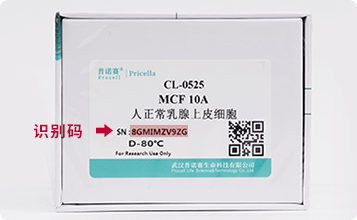
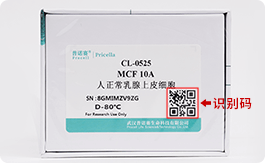
識別碼示意圖


